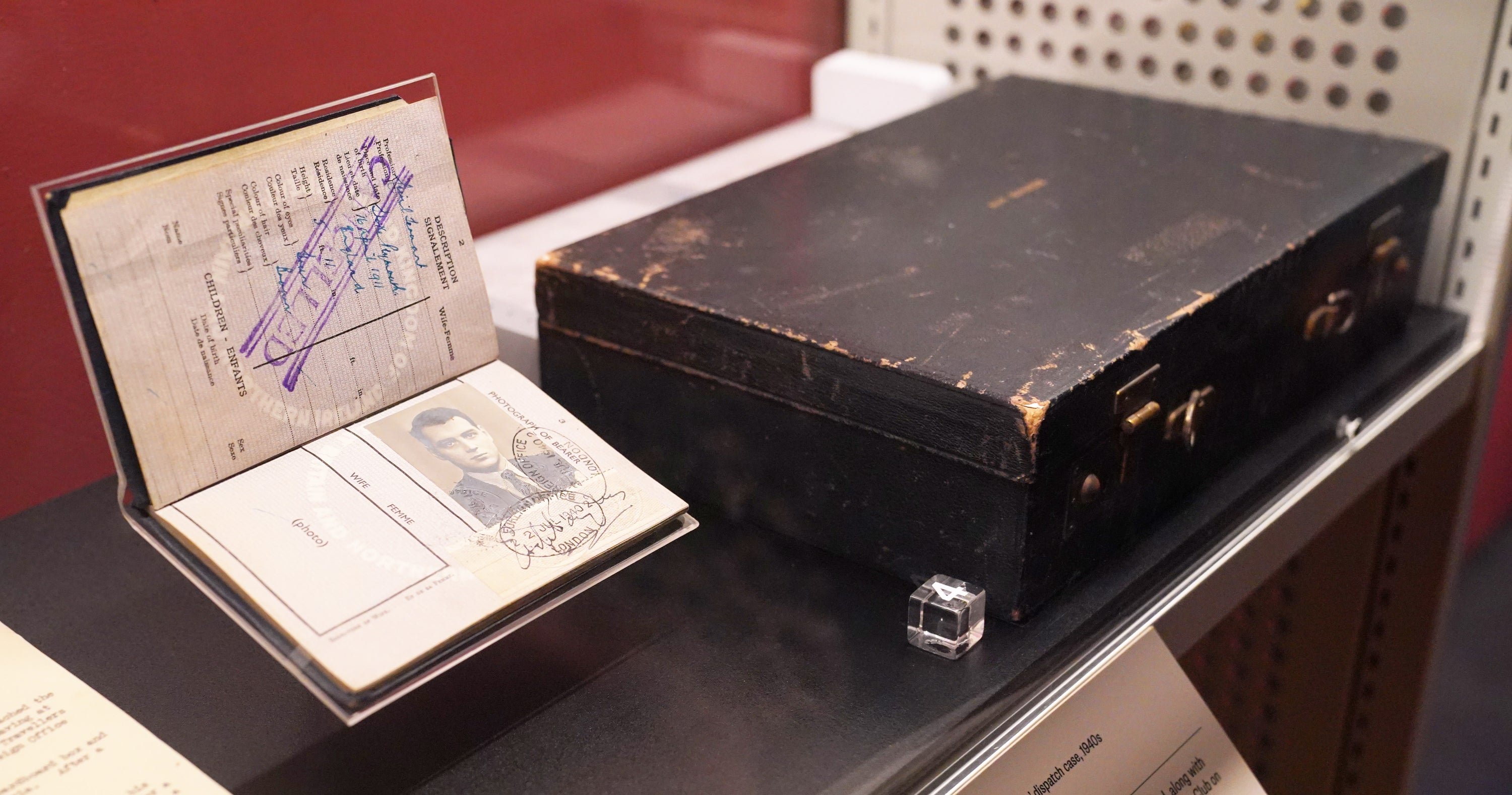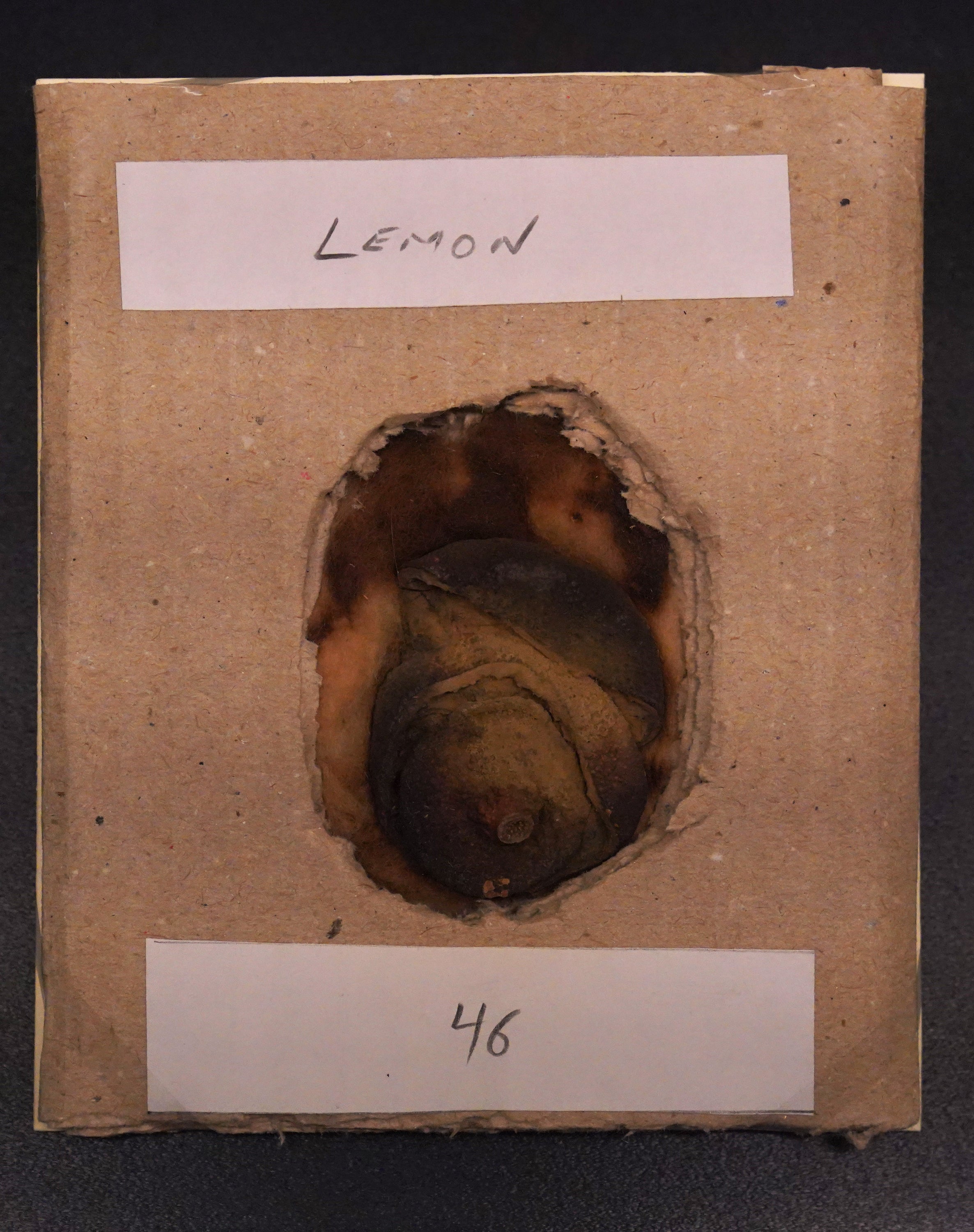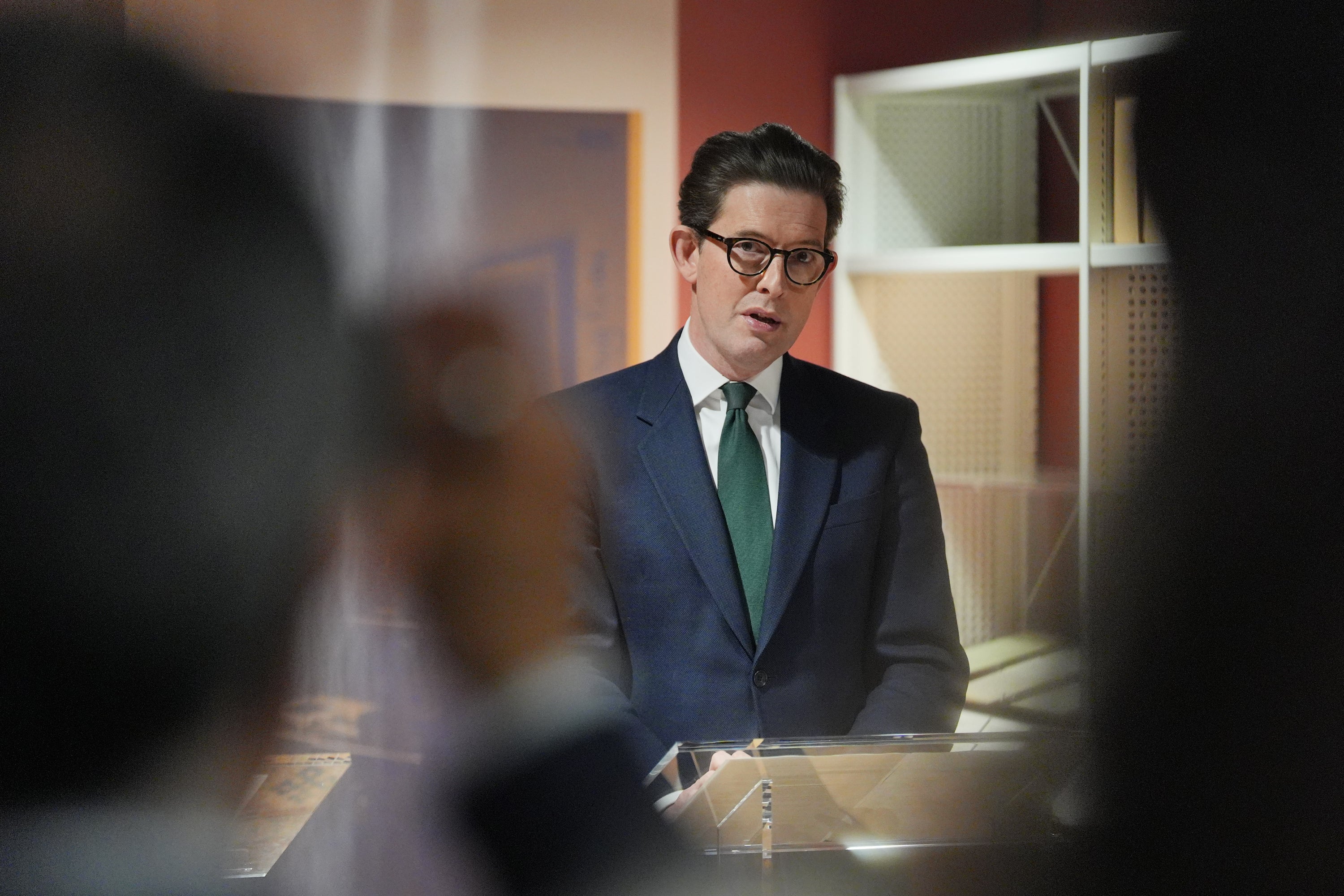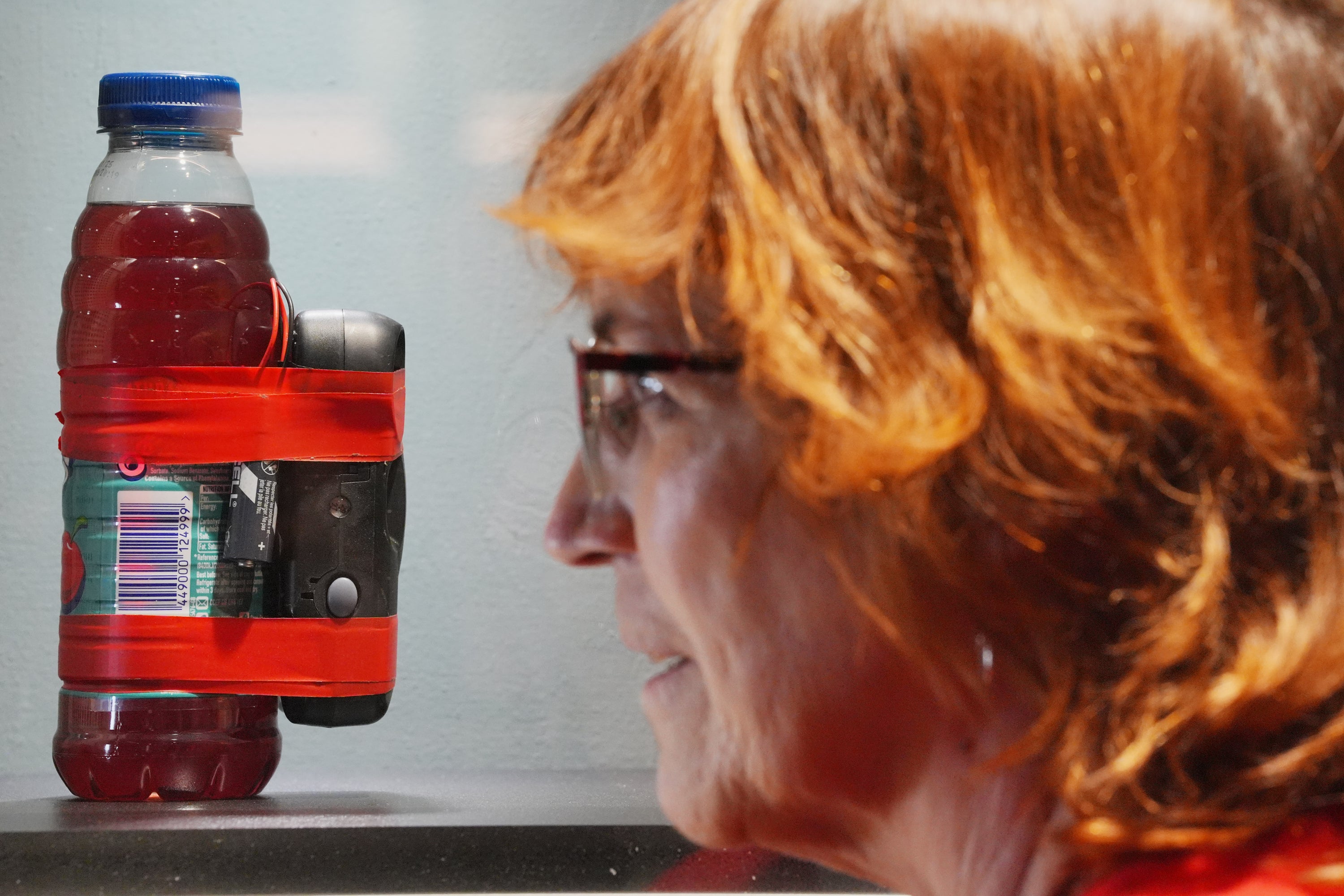
A briefcase abandoned by infamous Cambridge spy Guy Burgess as he fled to Moscow in 1951 is among the never-before-seen MI5 artefacts going on display at The National Archives in Kew, south-west London.
The exhibition "MI5: Official Secrets" marks an unprecedented collaboration between the intelligence agency and The National Archives, offering the public a first-ever glimpse into MI5's classified files and private collection.
MI5 Director General Sir Ken McCallum said the exhibition reflects the Security Service's "ongoing commitment to being open wherever we can."
Among the key items on display is Burgess's leather briefcase, embossed with his initials and left behind at London's Reform Club as he made his escape to Moscow in May 1951.
Burgess's British passport is also being exhibited for the first time.

Burgess was a British diplomat and Soviet double agent during the Second World War and the early Cold War period.
He was a member of the Cambridge Five spy ring and fled to Moscow with fellow spy Donald Maclean in 1951 due to fears of being discovered.
None of the Cambridge Five were ever prosecuted for spying.

Another key exhibit is a 110-year-old lemon used as evidence against German spy Karl Muller.
Muller used lemon juice as invisible ink to inform on British troop movements. A warm iron was passed over a letter to reveal the secret messages.
When he was arrested, the lemon was found in his overcoat. He was executed by firing squad at the Tower of London in 1915.

Speaking at a preview of the exhibition, the MI5 Director General said: “Having worked for MI5 for nearly 30 years I can tell you that the reality of our work is often different from fiction. Whether that fiction is George Smiley or Jackson Lamb.
“MI5 life is about ordinary human beings together doing extraordinary things to keep our country safe. Some of their stories and their perspective comes through in this exhibition.
“And while much of our work must remain secret, what you will see today reflects our ongoing commitment to being open wherever we can. And not just about our glorious moments.”
“Public trust and confidence can be even more powerfully understood when we are able to be open about things that didn’t go well”, Sir Ken added.
The display also includes a note confirming that Queen Elizabeth II’s private secretary had spoken to the Queen about Anthony Blunt, the Monarch’s art advisor, being a Soviet agent.
The note mentions how the Queen reacted “very calmly and without surprise”.

In total, 20 items were loaned, including MI5’s first camera and a key to the Communist Party of Great Britain’s Westminster branch office.
It includes items dating from the foundation of MI5 in 1909 to modern-day artefacts such as a Provisional Irish Republican Army (PIRA) mortar bomb and reconstruction of a bomb made from an instant camera and bottle.
Mark Dunton, historian and curator of MI5: Official Secret, said: “We were aware how interested the public are in the whole world of espionage.
“We suggested (the exhibition) first but MI5 thought about it and they thought ‘wow yes this would be a good thing’.
“In terms of openness, it’s all about being open about what they can, which I think is a really, really good thing.”
MI5: Official Secrets is running from April 5 until September 28 at The National Archives in Kew, London. Admission is free.
MI5 reveals never-before-seen spy secrets in National Archives Exhibition
Concerns about espionage rise as Trump and Musk fire thousands of federal workers
Oleg Gordievsky: the spy who helped avert a nuclear war
Top KGB defector Oleg Gordievsky dies aged 86
Half of UK butterfly species are in long-term decline - and humans are to blame
Britain braced for worst from Donald Trump’s ‘Liberation Day’ trade war







